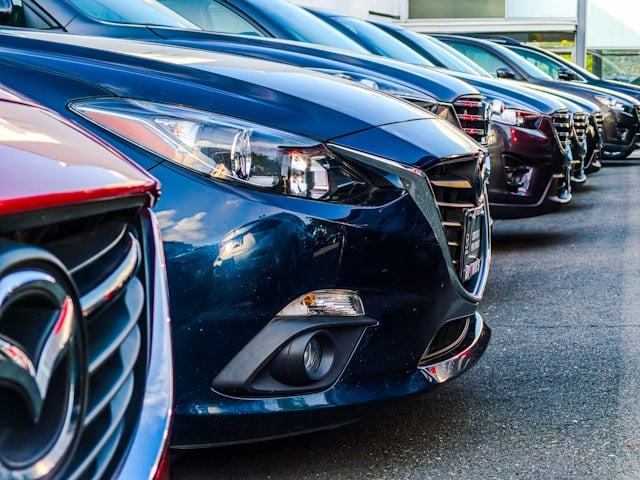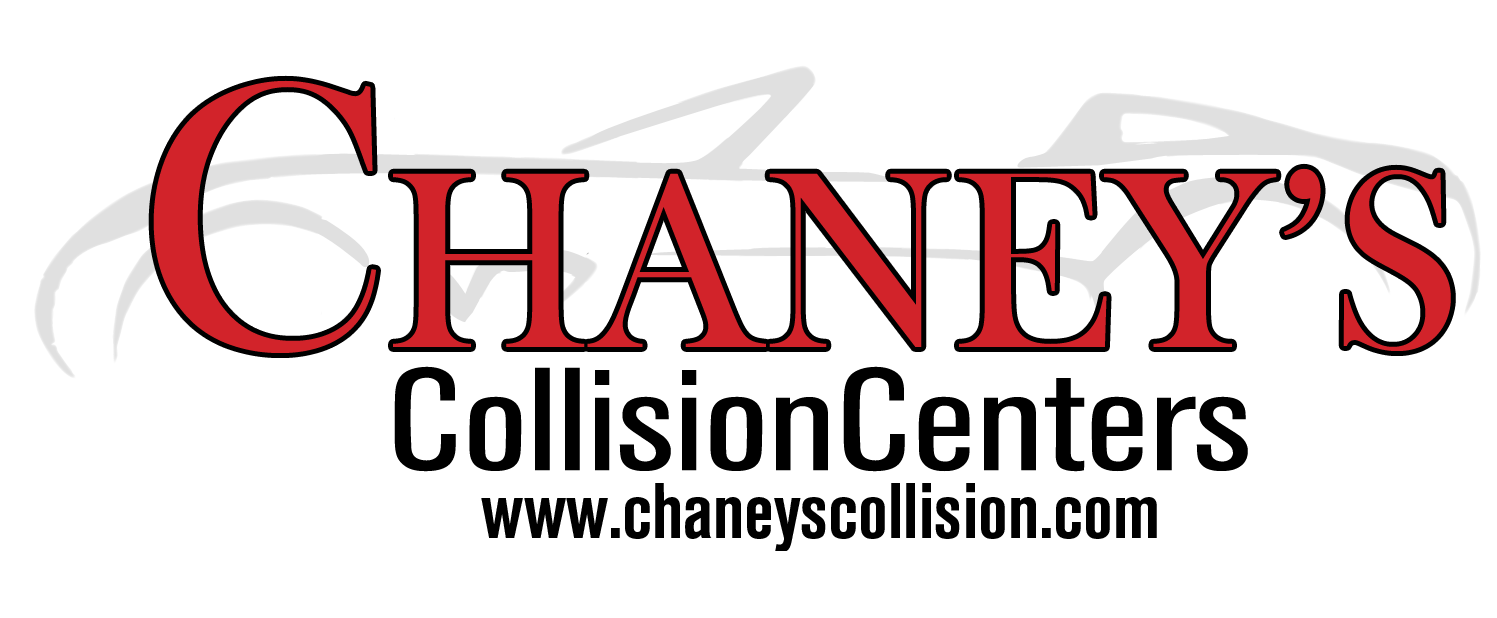How to Handle Rental Car Needs While Your Vehicle Is in the Shop
 Dealing with auto repairs often means being without reliable transportation for days or even weeks. Fortunately, arranging a rental car can keep your life on track while your vehicle is restored.
Dealing with auto repairs often means being without reliable transportation for days or even weeks. Fortunately, arranging a rental car can keep your life on track while your vehicle is restored.
At Chaney’s Collision Centers, our goal is to simplify this process, ensuring you remain mobile and stress-free during your repair experience. Here’s what you need to know to handle rental car needs smoothly and confidently.
Assess Your Insurance Coverage First
Before booking a rental, review your auto insurance policy. Many comprehensive plans offer rental reimbursement coverage, which pays for a replacement vehicle while yours is being repaired after a covered incident. Not all policies include this benefit by default, so check the details or speak directly with your insurer to confirm:
- Coverage limits for daily rental costs and duration
- Approved rental agencies
- Paperwork or documentation required for reimbursement
If you do have this coverage, your insurance typically coordinates payment directly with the rental company or refunds you after submitting receipts.
Options When Insurance Doesn’t Cover Rental Cars
If your policy doesn’t include rental reimbursement, ask your repair shop or the rental agency about special rates for customers with vehicles in the shop. Many companies offer discounted daily rates if you reference your repair situation. Always:
- Book directly through an agency recommended by your repair facility for seamless service
- Inquire about possible promotions or corporate partnerships
- Consider the size and type of rental that suits your needs—don’t overpay for features you won’t use
Rental Car Insurance: What’s Necessary?
When picking up your rental, you’ll be offered additional coverage, such as a Collision Damage Waiver (CDW) or Loss Damage Waiver (LDW). These opt-in products cover repair or replacement costs if the rental vehicle is damaged or stolen. Before purchasing, consider:
- Your auto insurance may already cover rental cars for collision and liability
- Some major credit cards also provide rental protection if you use them for payment
- Read the fine print to confirm what is and isn’t covered by your personal insurance and credit card
Buying unnecessary waivers can inflate overall costs significantly. Only purchase what you lack in existing coverage.
Steps for a Hassle-Free Rental Experience
Follow these best practices to make renting a vehicle while yours is being serviced as easy as possible:
- Book in Advance: As soon as you schedule your repair, arrange your rental to avoid last-minute shortages.
- Bring Proper Documentation: Typically required are a valid driver’s license, credit card, and proof of insurance.
- Inspect the Rental Vehicle Together: Before leaving the lot, walk around the car with an agent and note any preexisting damage.
- Understand Return Policy: Clarify return times, drop-off locations, and late fees to avoid surprises.
Partnering with Your Repair Shop
Quality collision centers like Chaney’s often have established relationships with major rental agencies. This network can mean:
- On-site rental pick-up and drop-off for added convenience
- Direct billing arrangements between the repair shop and rental agency
- Streamlined insurance communications
Always ask your repair advisor for recommendations or to help coordinate your rental.
Conclusion
Being without your primary vehicle doesn’t have to upend your daily life. With a little preparation—reviewing insurance, selecting the right coverage, and booking through trusted partners—you can secure a rental quickly and confidently. At Chaney’s Collision Centers, we’re committed to minimizing disruption and ensuring you stay safely on the road until your repair is complete.

